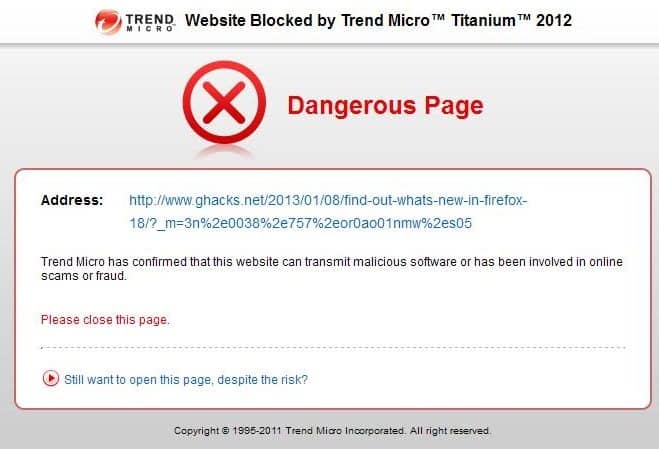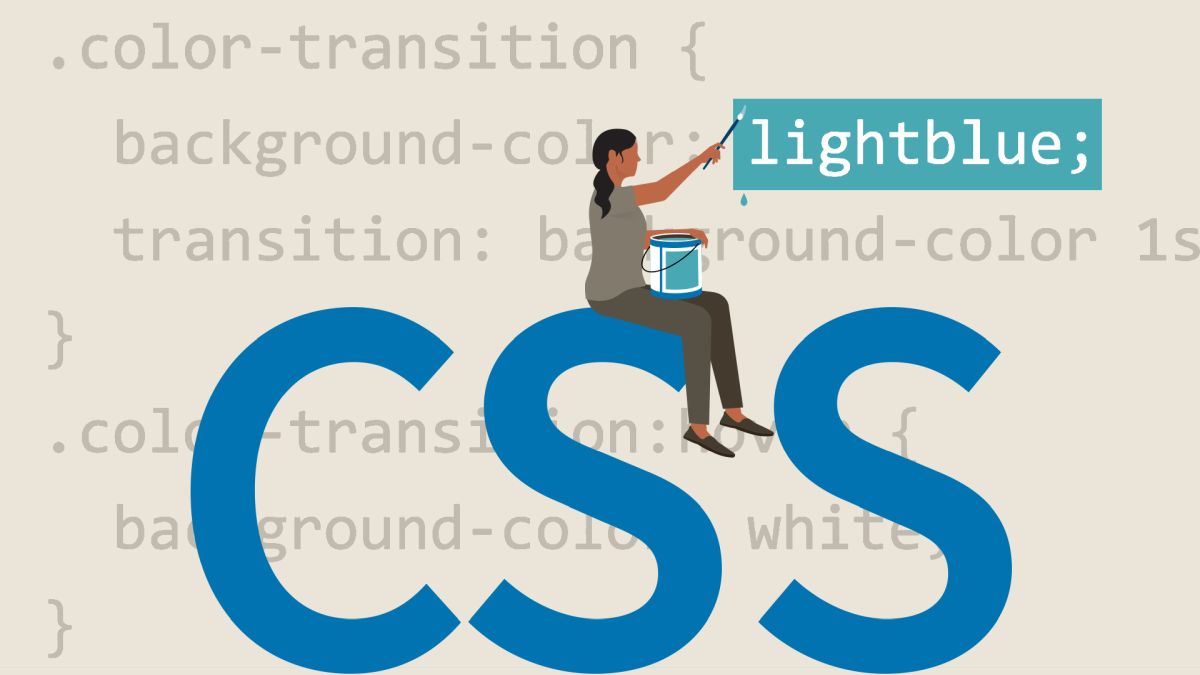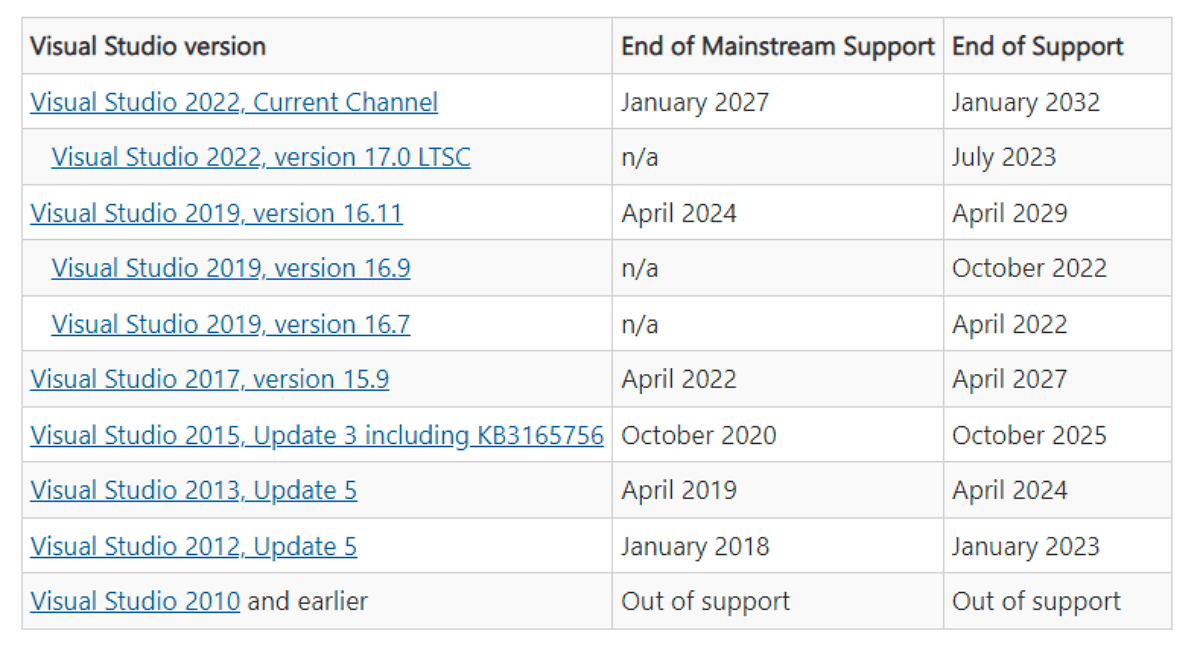Website Reputation Part 2: Why you need to verify it regularly

I received a couple of emails in the past five days that informed me that this site's newsletter and later on the site were blocked by Trend Micro. The message that site visitors received was troubling. Trend Micro claimed that every page of the site was a "dangerous page" and that the company has confirmed that the website can "transmit malicious software or has been involved in online scams or fraud".
The online check at Trend Micro's Site Safety Center even claimed that the site "contains malicious software or defrauds visitors". None of this was true obviously and certainly reputation damaging considering that it is likely that the majority of users of Trend Micro products that went to Ghacks.net probably decided not to proceed after they have received the warning.
Webmasters can submit a reclassification request to Trend Micro in which they can state that the website is not what the company claims it is. You can select a different category for the site and add a comment that may help your case.
It takes a couple of days before you will receive a response. To expedite the request, I decided to post in the website reclassification thread on the official Trend Micro community forum.
The site's classification has been changed today and Trend Micro customers should not receive warning messages when they try to open it.
It is not the first time that I had issues with online reputation management services. You may remember that another site of mine, Loginhelper, was flagged as a malicious site by Web of Trust and that it took some time to recover the site's reputation.
If none of my visitors would have notified me about the incidents, I'd probably never known about them which could turn out to be a serious problem for the site in the long run.
The big issue here is that many services like WOT or Trend Micro exist that rate websites or services, and that you have to keep track of them all to make sure your site was not added to a blacklist or received an unjustified classification. I have yet to find a way on how to do that effectively. One option is provided by Virustotal's url scanner. It covers about 30 or so services which makes it a good start Not all Internet services are included here on the other hand which means that you still need to check others regularly as well to make sure that your site turns up clean.
Advertisement

















The guy in this review gives an interesting view:
http://www.itsupportforum.net/topic/trend-micro-web-reputation-review/
He says that TM Web Reputation has no market because there’s not enough of a database of websites for this to be useful for a large company, but the software is too complicated for a small company without an IT person.
Martin according to the message you posted from Trend Micro it states that it had confirmed that your site has transmitted malicious content. Have they provided you with anything that supports their accusation ? This was very troubling to you I’m sure. Is there any legal recourse for you? Good Luck .
Slomem
No they have not and won’t.
I entirely agree. Not to mention casino related sites. Beware also of several wallpaper places. And above all, good sense should prevail. Like I always say as for crossing the street, don’t look at the lights, look at the road.
Erratum to my previous post : it wasn’t Nirsoft pages, it was one of its applications …
Unbelievable. These website reputation analyzers are unreliable. I remember Nirsoft website itself having been spotted by another crappy reputation “thing”. Not to mention the reverse problem, when missing a true malware site. Harm done to a healthy website and to a naive user. . Arrogance and no excuses when they mistake, and they mistake often. Refer to VirusTotal URL diagnostic, Sireadvisor perhaps as well, nothing else.
I sincerely feel for GHacks and similarly situated parties on earth; I’ve seen some web “services” which on Googling MYSELF (let alone on advice of others) by pix and otherwise try to tie me in with strangers having e-posted criminal records, or even having in my home long-dead, once-aged relatives (stated with ongoing “ages” as if still alive!)…of course, for a “how much youse got dere” fee, Bruno and Tony (as I call them) would be happy to remove their badger game shakedown….such “retraction for fee” blatant on their sites! It’s scurrilous that an obvious content site like GHacks has to do ANY negative confessing to ANY site blacklister at all; and notice neither DCMA, rights of the person, or webpage blacklisters seem to apply re “online ransomware” such as people like me run into…or cavalier, no-diligence name-stomping such as GHacks encountered.
My wife swears by WOT on her computer. I had it for a while, then got rid of it because I didn’t trust it. Give me reason to trust a site and it is trusted. Give me reason not to trust a site and it remains untrusted until proven otherwise. I have not had an instance of maliciousness in about five years. Stay on streets that are well-lit and well-traveled and chances are you will be safe. If you prefer porn and other risky stuff on the ‘Net wear six-ply.
The core problem with WOT is that it is community driven and that there are forces at work that can damage your site’s reputation on the site quickly without you being able to do anything about that. It does not even have to be logical at all which is most problematic I think.
I use Trend Micro on home PC and it reports that some software company’s pages are dangerous.
That´s why i don´t trust these “web reputation”, virustotal url scanner is far more trustworthy.
It is never ending battle between AV and virus writers. There are so many threats today that in the battle fall innocent sites and more and more false positives are created and until something really revolutionary is invented this will only become worse as virus bases get bigger and bigger and more files get the same check sums and look threatening and similar to real viruses.
Would be interesting why your site was flagged as dangerous. Nevertheless it is terrifying how easily your site might disappear to a large number of users just because some algorithm of a so-called company, that thinks it is responsible for computer security, decides that your site might be malicious or somewhat else.
It is like the police closing down some department store, because their computer told them that it might be involved in a serious crime. Not that funny from the owner’s point of view.